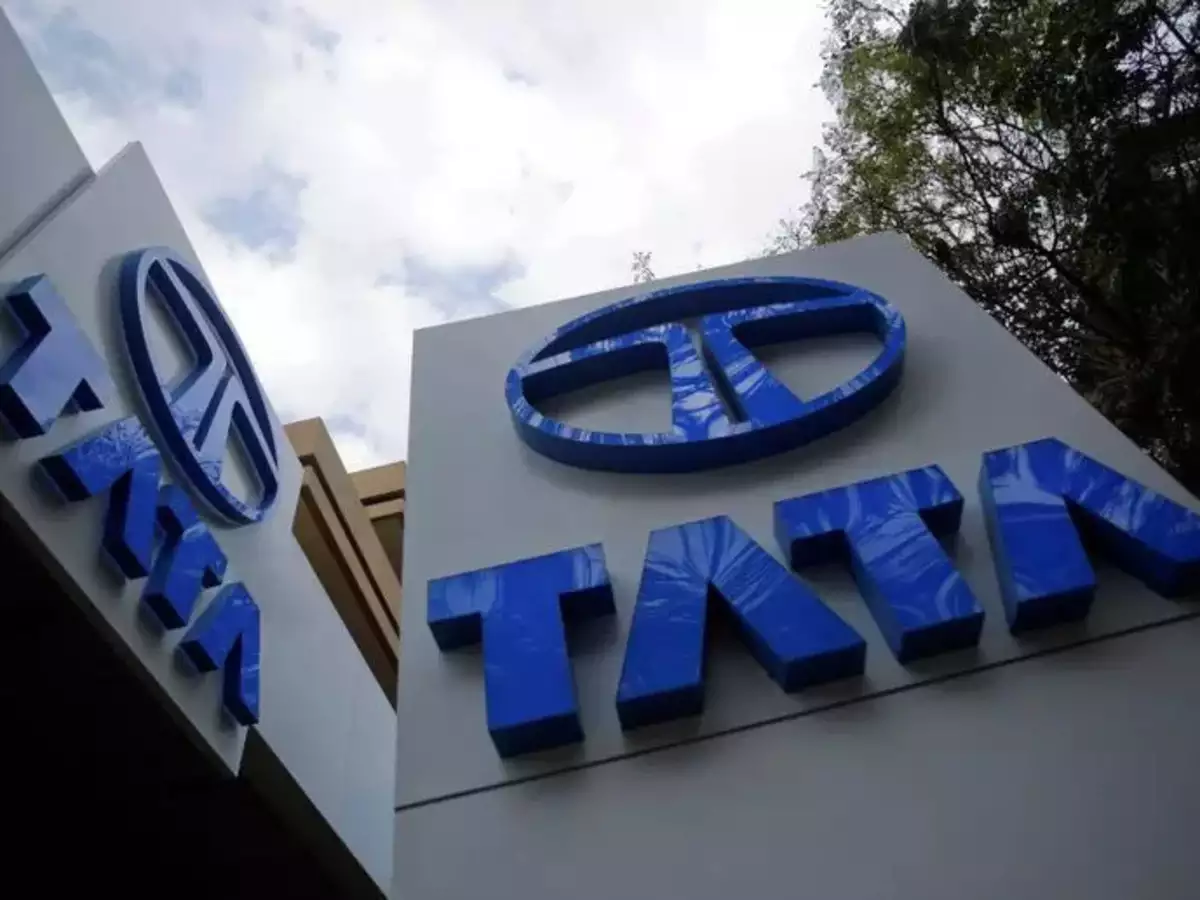The demerging of Tata Motors now into two separate entities could be seen as contrary to the consolidation agenda but is part of the overarching plan to make the governance and management of group companies lighter, agile and more effective, if not with consolidation then demerger.
The demerging of Tata Motors into two separate entities for its commercial vehicles and passenger vehicles is the inflection point fast-forwarded by the rapidly shifting ground in the automobile industry. Now is the time for the Tatas to drive boldly into new terrain with confidence, unfettered by the drag of its legacy auto business.
“Tata Motors has scripted a strong turnaround in the last few years,” Chandrasekaran has said. “The three automotive business units [CV, PV and Jaguar Land Rover] are now operating independently and delivering consistent performance. This demerger will help them better capitalise on the opportunities provided by the market by enhancing their focus and agility. This will lead to a superior experience for our customers, better growth prospects for our employees, and enhanced value for our shareholders.”
Why the demerger makes business sense
Hiving off the passenger vehicles business gives the Tatas the scope to boldly experiment and innovate in the EV sector where they are already a leader in India as well as leverage synergies between the PV, EV and JLR businesses. Tata Motors has said while there are limited synergies between CV and PV businesses, there are considerable synergies to be harnessed across PV, EV and JLR particularly in the areas of EVs, autonomous vehicles, and vehicle software which the demerger will help secure.
“We believe this development signifies management’s confidence that the two businesses (CVs and PVs) will continue to operate independently with greater agility and self-sustaining cash flows (particularly the PV business),” Emkay Global’s Chirag Jain has said. “Historically, while the CV business has been generating healthy cash flows, the PV business has witnessed challenges in consistent cash flow generation due to its high spending on product development and the re-building phase in its market positioning,” Since 2021, the three businesses – CV, PV+EV, and JLR – have been operating independently under different CEOs.
Nomura said Tata Motors’s PV business has more potential to create value over the next few years as it has seen a remarkable turnaround after 2020 with market share ramping up from mid-single digits to 13.5% currently. “While currently TTMT’s PV business EBITDA margins are ~6.5%, the ICE margins have already improved to ~9.4% in Q3FY24 but the negative EV margins (-8.2% in Q3) pull them down. We expect that EV margins will improve over time as most of the losses come from product development costs,” Nomura said.
With JLR currently generating about 70% of Tata Motors’ consolidated revenue, the move will likely see the listed passenger vehicle business eclipse the listed commercial vehicle entity in revenue terms.
The demerger will help the top management lend sharper focus on each of the two companies and make them a lot more accountable, said an analyst at a domestic brokerage. As a standalone business riding on new trends, the PV company is expected to perform better in terms of margins and volumes than the CV business which can be slower and cyclical.
What Tata Motors demeger means for shareholders and investors
With the demerger, Tata Motors will field its nimbler horse in the market with the combined power of PV+EV+JLR, making it a more attractive bet. While JP Morgan said the demerger might lead to better value discovery, Morgan Stanley said the move reflects confidence in PV business being self-sustaining and could help in better value discovery.
The domestic PV business, which has yet to turn profitable at the PAT (profit after tax) level, will now be comparable to other listed peers such as Maruti Suzuki India, while the commercial vehicle business would be compared to companies like Ashok Leyland Ltd.
Tata Motors investors have termed the demerger as a positive move. “Investors can now choose whether they want a CV or PV play. While it won’t be value accretive in the near term, if the business continues to deliver, it will benefit the shareholders,” said an analyst at a domestic brokerage.
“With Hyundai’s listing on the cards and M&M as the fourth rival, the tussle in the PV space will be interesting to watch and can give an investor a fair choice to select between four of them. On the CV front, TaMo will compete straightaway with the pure play domestic player Ashok Leyland,” said Ashwin Patil, Senior Research Analyst at LKP Securities.
Aristotle had said the whole is greater than the sum of its parts. But in the case of the Tata Motors demerger, the parts separately can be greater than the whole they constitute.


